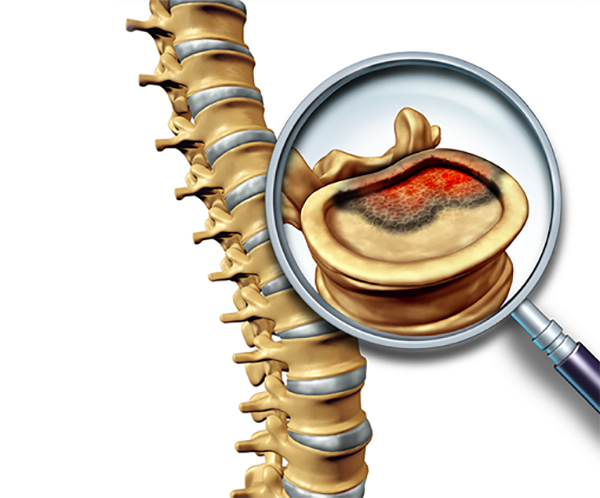
Spine Tumors

Although rare, spine tumors are a serious health risk and should be promptly treated. They usually begin elsewhere in your body and spread to your spinal cord through the bloodstream. Not all spine tumors are malignant (cancerous), but all need to be removed because they can compress your spinal cord and the nerves that carry messages to and from your brain.
Symptoms & Treatment
Symptoms may include:
- Pain or numbness in arms, legs, neck, or back
- Loss of muscle strength
- Loss of motor skills
- Decreased feeling in the extremities
- Decreased sensitivity to temperature changes
- Loss of bladder and/or bowel control
Dr. Wirchansky typically treats spine tumors with surgery to remove and/or reduce the size of the tumor. If malignancy is indicated, he may also recommend the surgery be combined with radiation or chemotherapy.
Types of Tumors by Location Within the Spine
Extradural
Tumors located outside the thin covering of the spinal cord (the dura), usually in the bones surrounding the spinal cord.
Intradural-Extramedullary
This type of tumor is located inside the dura, but outside the actual spinal cord.
Intramedullary
These tumors grow inside the spinal cord itself, most commonly in the thoracic region.



